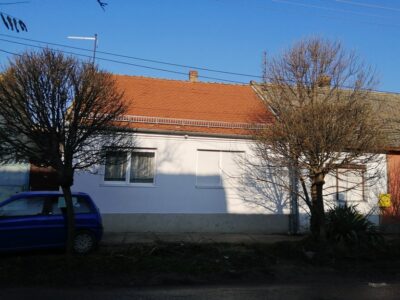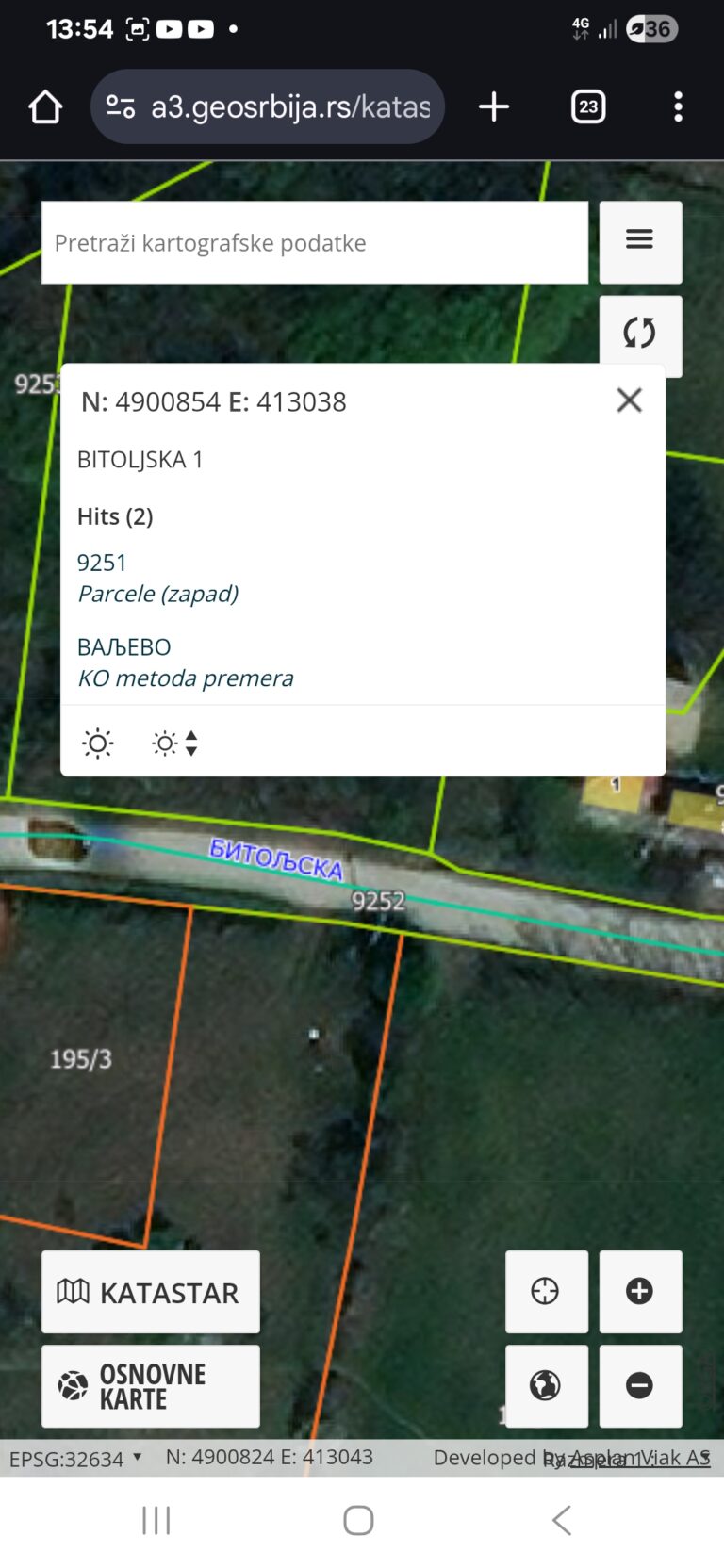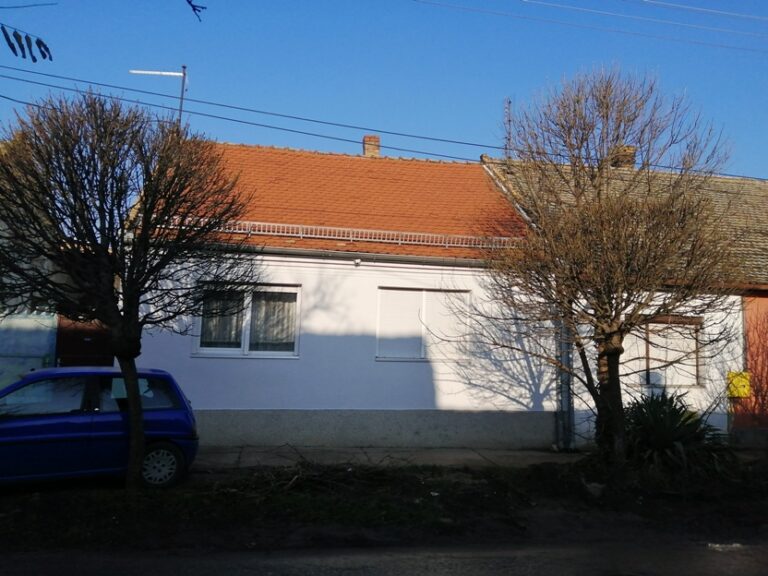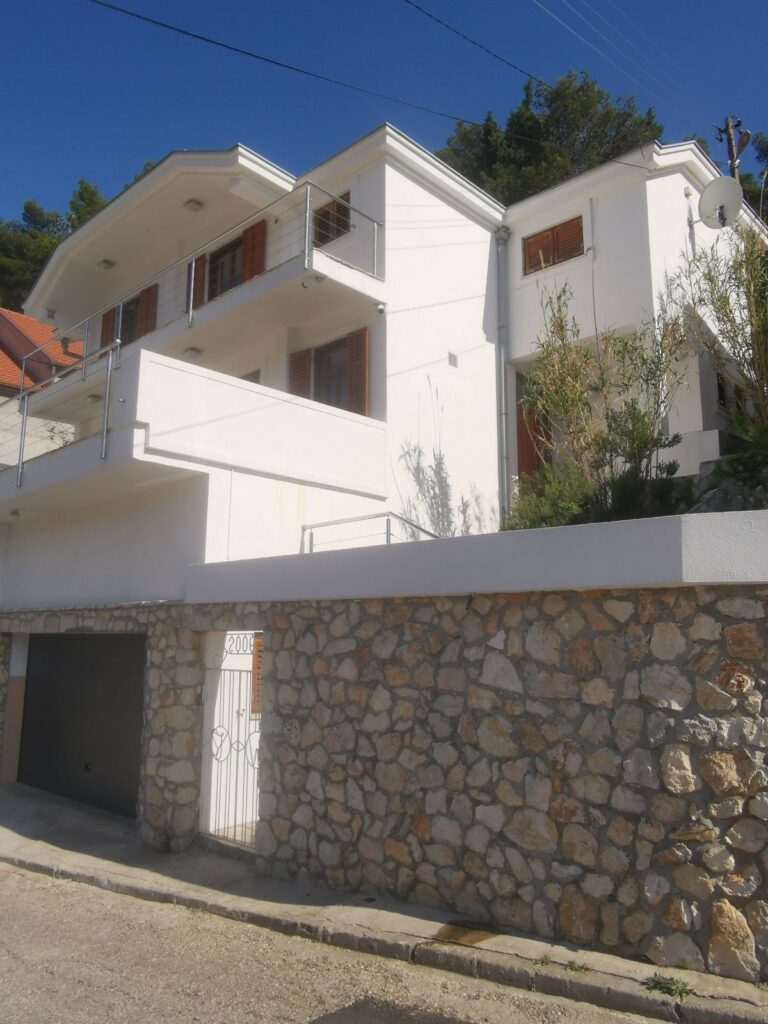Speed Matters in WordPress
Nothing quite beats the feeling of logging on to your WordPress site and watching everything load in the blink of an eye. But if your site crawls along at a snail’s pace, you’ve got a problem. Not only will visitors bounce off your site like they’ve touched a hot stove, but Google won’t be too pleased.
It’ll rank your site lower, and you’ll lose out on some serious web traffic. A slow website is the digital equivalent of slow service at a restaurant—no one sticks around for it.
What is a CDN & Why It’s Essential
You might wonder, “What on earth is a CDN, and why should I care?” A CDN, or Content Delivery Network, is your website’s best friend. Imagine you’re hosting a party. Your website is the food, and the CDN is the team of waitstaff serving it up hot and fresh to everyone in the room.
When you use a CDN, your website’s content is distributed across a network of servers worldwide, making it load faster no matter where your visitors are. It’s like having a server in every city, ready to dish out your content at lightning speed.
Understanding How a CDN Works
So, let’s dive into the nitty-gritty of how a CDN works. At the heart of a CDN are Points of Presence, or PoPs. These are servers strategically located around the globe.
When someone visits your website, instead of pulling all that juicy content from your central server (which could be on the other side of the world), the CDN delivers it from the closest PoP. This architecture reduces the distance the data travels and, voila, faster load times! It’s like having a local food truck instead of shipping your dinner across town.
The Impact of Distance on Loading Times
Now, let’s talk distance: The further away your visitors are from your server, the longer it takes for your website to load. Think of it as a telephone game— the message takes longer to reach the end of the line.
Similarly, if your server is in the U.S. and your visitor is in Japan, that’s a long-distance call. With a CDN, your content is stored in servers closer to your visitors, eliminating that pesky wait time. It’s as if you’ve got a friend in every city, ready to deliver your message with lightning speed.
Static vs. Dynamic Content: What a CDN Can Optimize
Now that we’ve covered the basics let’s discuss the types of content a CDN can help with. Static content is anything that doesn’t change from user to user. Data includes images, JavaScript files, and CSS stylesheets.
These static elements are cached with a CDN, meaning they’re stored on the CDN’s servers and delivered directly to users without returning to your central server. This speeds up your site and reduces the load on your server. It’s a win-win!
Dynamic Content: Can a CDN Help?
But what about dynamic content—those personalized pages or real-time updates?
Well, CDNs have a few tricks up their sleeves for those too. Some advanced CDNs use Edge Computing, which processes data closer to the user, reducing latency even for dynamic content.
So, whether it’s a personalized dashboard or live data, a good CDN can handle it, ensuring your site stays fast regardless of the content type.
Key CDN Features That Enhance WordPress Performance
Let’s get into the features that make a difference.
Caching is like putting your website on autopilot. Once a file is cached, the CDN can serve it directly to your visitors without returning to your server. This will mean faster load times and less strain on your server. It’s like having a pre-packed lunch ready to go—no need to wait in line at the cafeteria.
Compression Techniques (Gzip & Brotli)
Next, we have compression. This is where things get fun. Compression reduces the size of your files, making them quicker to download. Gzip and Brotli are two common types of compression that your CDN can use.
Imagine your website as a suitcase and compression as a vacuum bag. By compressing your files, your site loads faster, just like you can fit more clothes in your suitcase with a vacuum bag.
SSL/TLS Offloading for Security
If security is a concern (and should be), you’ll love this next feature. SSL/TLS offloading is when your CDN encrypts your website’s data. This approach offloads the processing from your server, making it run more efficiently. It’s like having a bouncer at the door checking everyone’s ID, so you don’t have to do it yourself.
Image Optimization
Last but not least, we have image optimization. Images can drain your website’s speed, but a good CDN will optimize them for you. The image optimization includes converting images to WebP format, which is smaller and faster, and using lazy loading to load images only when needed. It’s like packing only what you need for your trip instead of your entire wardrobe.
Additional Benefits of Using a CDN
Now, let’s move on to the additional benefits of using a CDN. One of the biggest perks is the ability to handle traffic spikes. When your website suddenly has a surge in visitors, your server might be unable to keep up.
However, with a CDN, those requests are distributed across multiple servers, so no single server takes the hit. It’s like having a backup plan for when everyone unexpectedly shows up at your party.
And if your server goes down, a CDN can act as a safety net. CDNs have built-in redundancy, so if one server fails, another can take over. It only means less downtime for your website and a better visitor experience. It’s like having a spare tire in your trunk—if you get a flat, you’re covered.
Security Enhancements
But that’s not all! CDNs also offer enhanced security features. They can help protect your site from DDoS attacks by filtering out malicious traffic.
They also offer Web Application Firewalls (WAF) to block harmful requests. And with bot mitigation, they prevent fake traffic from overwhelming your site. It’s like having a security team on call 24/7.
With a CDN, your website can reach visitors worldwide quickly and efficiently. This is especially important if your business has a global audience. CDNs can also save you money by reducing the bandwidth your server needs.
Since the CDN handles most of the content delivery, you’ll use less of your server’s bandwidth, which can lower your hosting costs.
How to Set Up a CDN in WordPress
First, you’ll need to choose a CDN provider. There are many options, but some of the most popular for WordPress users are Cloudflare, KeyCDN, Amazon CloudFront, and Sucuri.
Cloudflare is an excellent choice if you’re looking for an easy-to-use, affordable option with many features. It’s like the Swiss Army knife of CDNs!
Now it’s time to set up your CDN: This usually involves signing up for a CDN account and configuring the settings to point your DNS records to the CDN’s servers.
Don’t worry; most CDN providers have guides to walk you through the process. It’s like setting up a new Wi-Fi router—just follow the instructions, and you’ll be up and running quickly!
If you’re using WordPress, you can also use caching plugins like WP Rocket or W3 Total Cache. These plugins make integrating your CDN with your WordPress site easy, and you can get all the benefits without any headaches. It’s like having a personal assistant to handle all the technical details.
Once your CDN is set up, you’ll want to test and monitor your site’s performance. Use tools like GTmetrix, Google PageSpeed Insights, or Pingdom to see how fast your site loads and if any areas need improvement. And don’t forget to check your CDN’s analytics to see how well your content is being cached and delivered.
Case Studies: The Real-World Impact of CDNs
After migrating to a CDN-backed hosting platform, the main demo for our real estate WordPress theme experienced a 30% improvement in load times and an increase in user satisfaction.
We are using the WpRocket plugin as a cache plugin and AWS as the CDN provider. We also implemented Cloudflare, which introduces a new layer of security and optimization.
Final Recommendations
So, should you use a CDN for your WordPress site? Absolutely! A CDN can improve your site’s speed, security, and reliability, all while saving you money on bandwidth costs.
Remember, a fast website is a happy website. So, follow these simple steps to get it to the next level.
- Sign up for a CDN provider like Cloudflare, KeyCDN, Amazon CloudFront, or Sucuri.
- Configure your CDN settings by pointing your DNS records to the CDN’s servers.
- Use caching plugins like WP Rocket or W3 Total Cache to integrate your CDN with your WordPress site.
- Test your site’s performance using GTmetrix, Google PageSpeed Insights, or Pingdom.
- Monitor your CDN’s analytics to see how well your content is being cached and delivered.


















+ There are no comments
Add yours